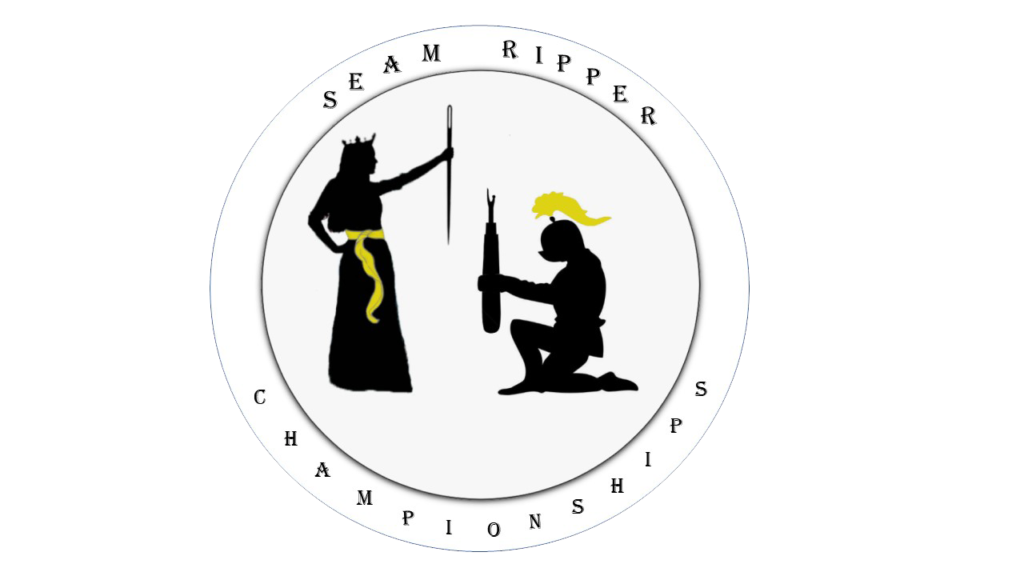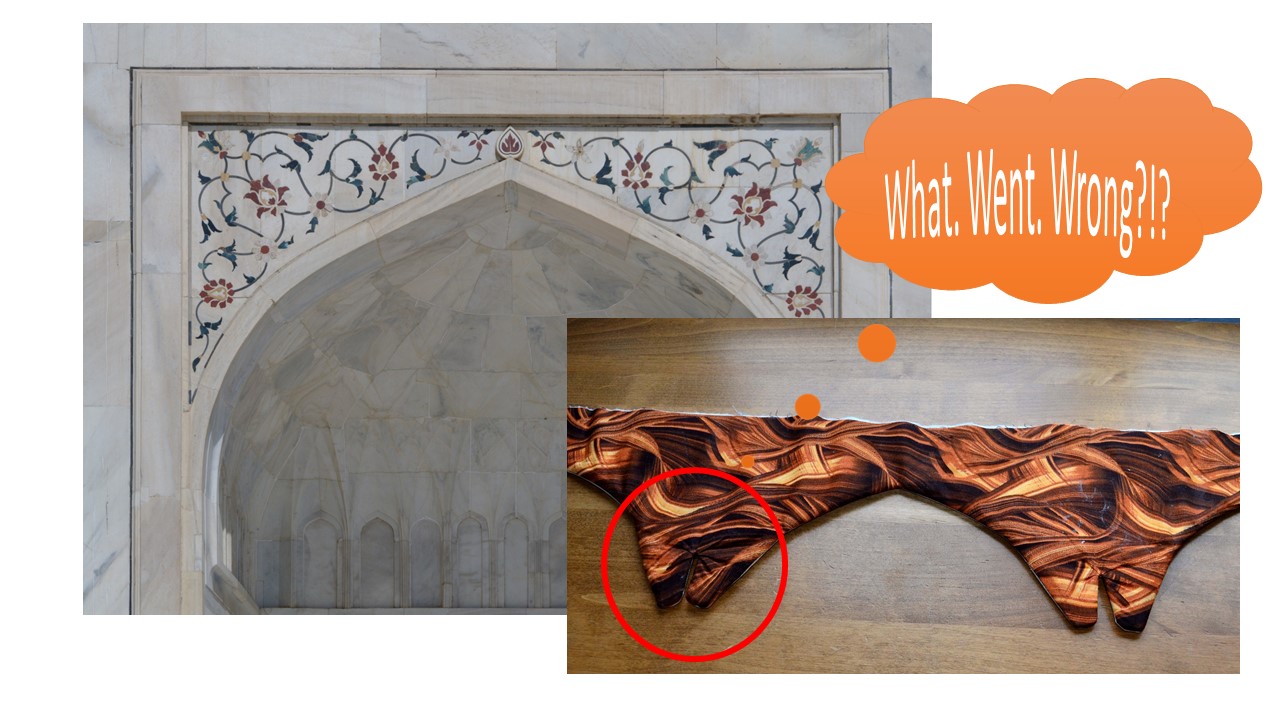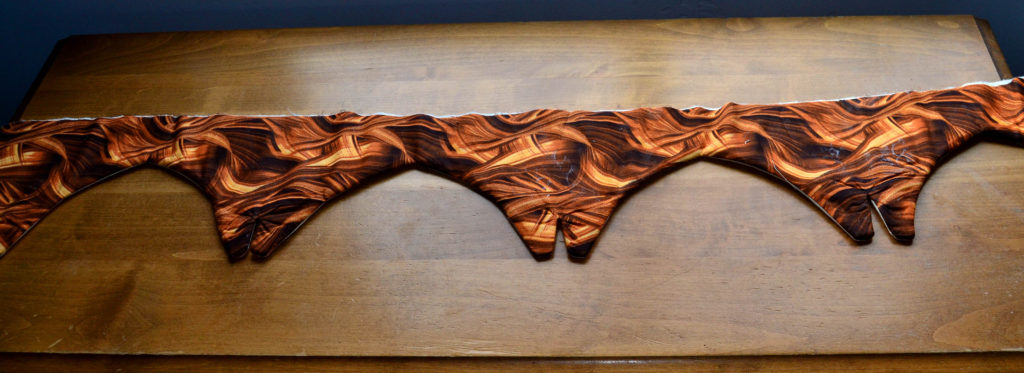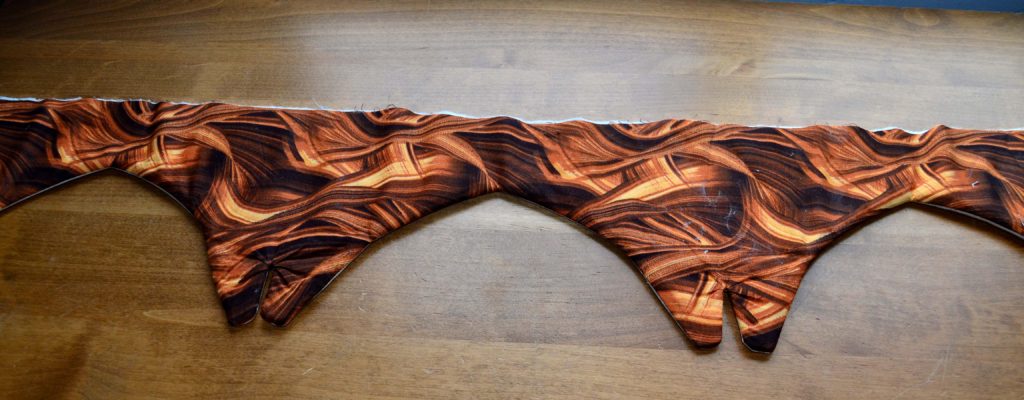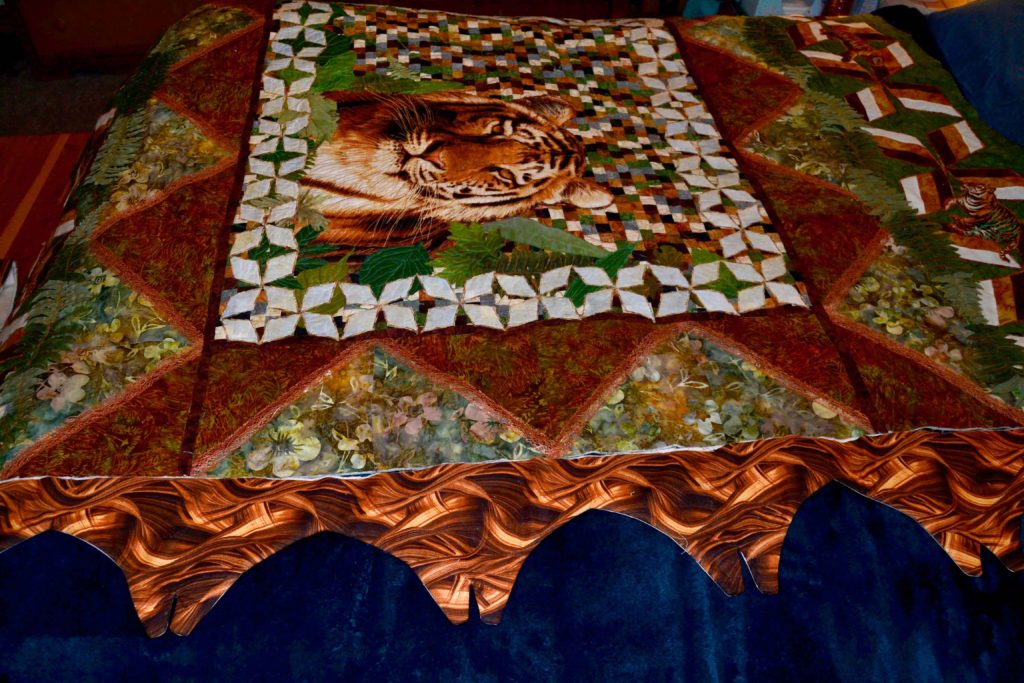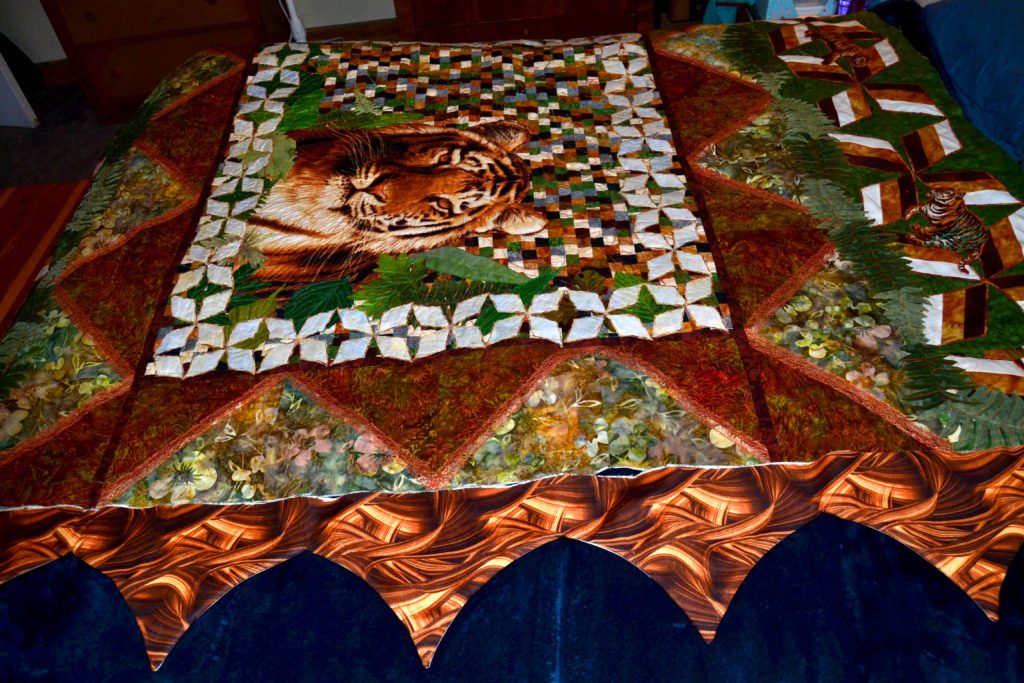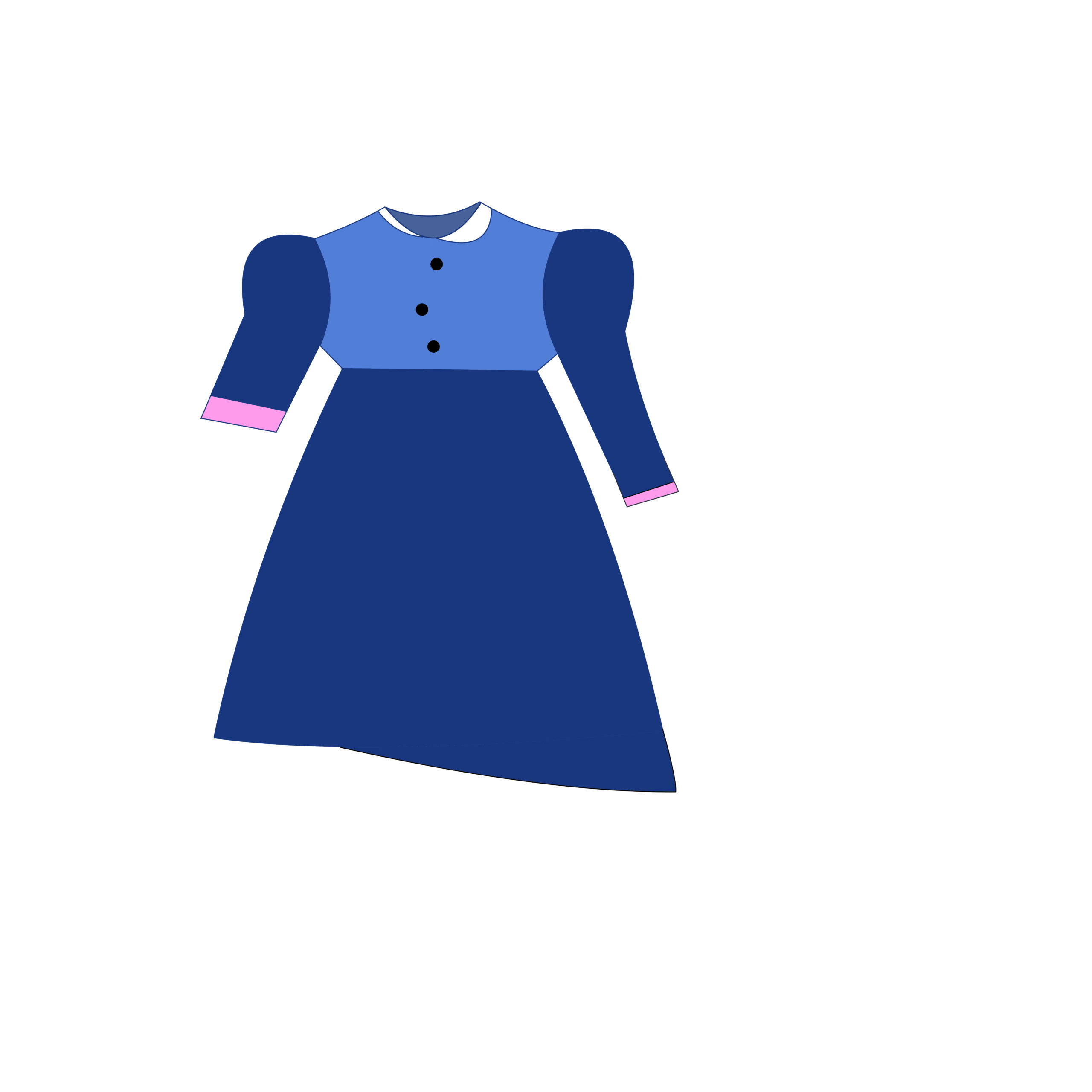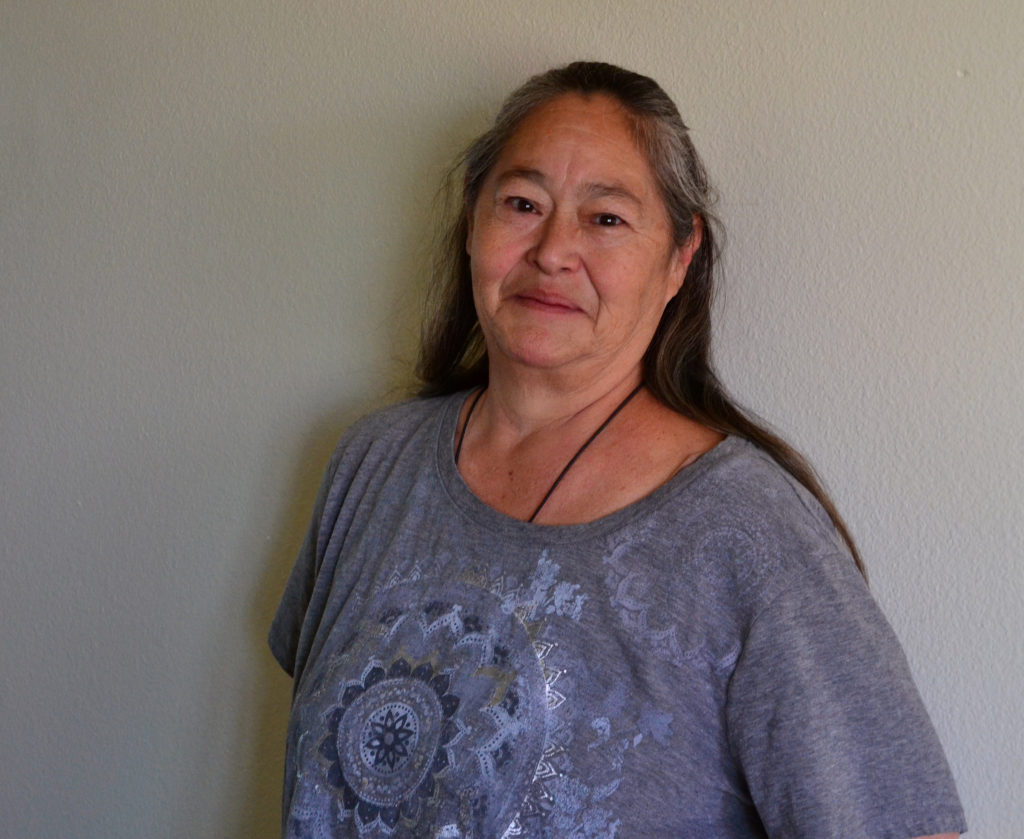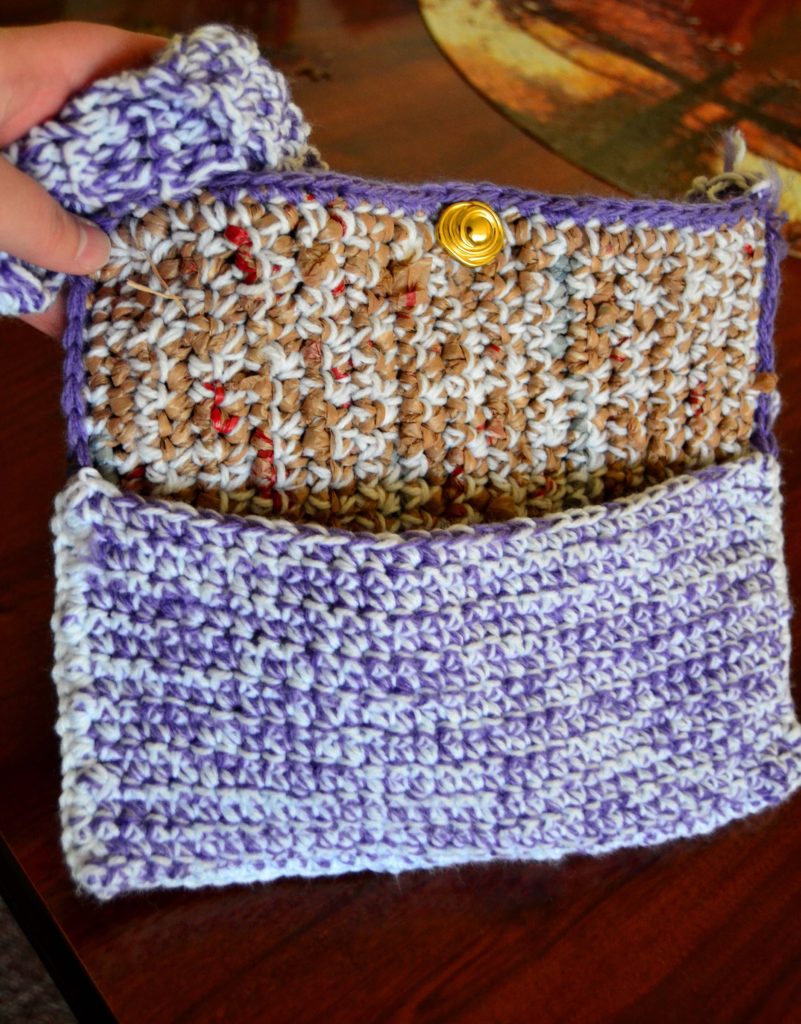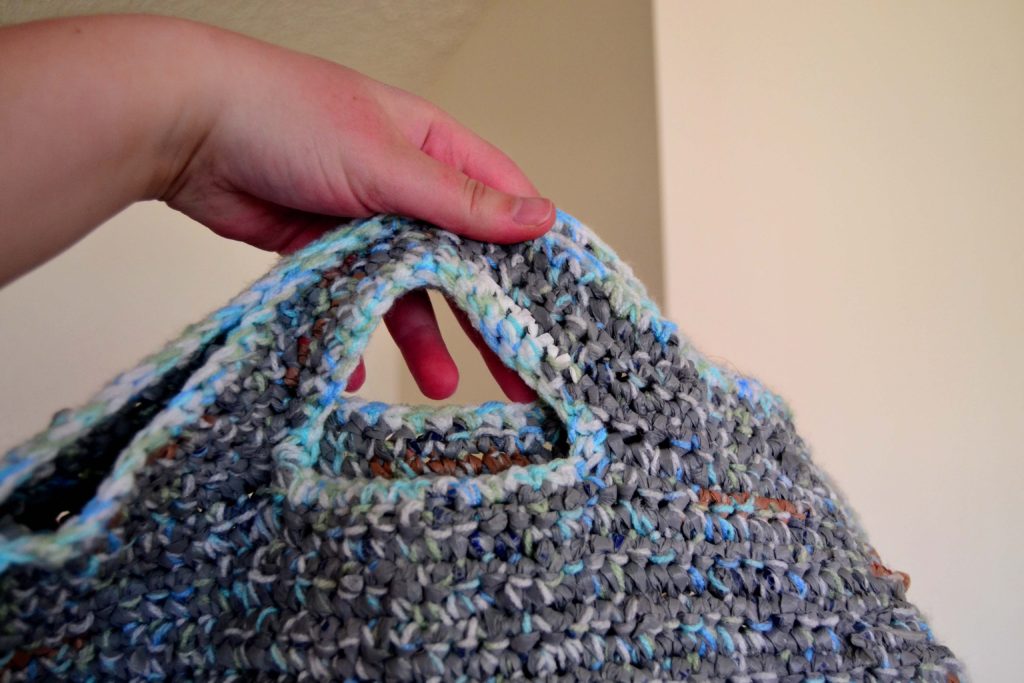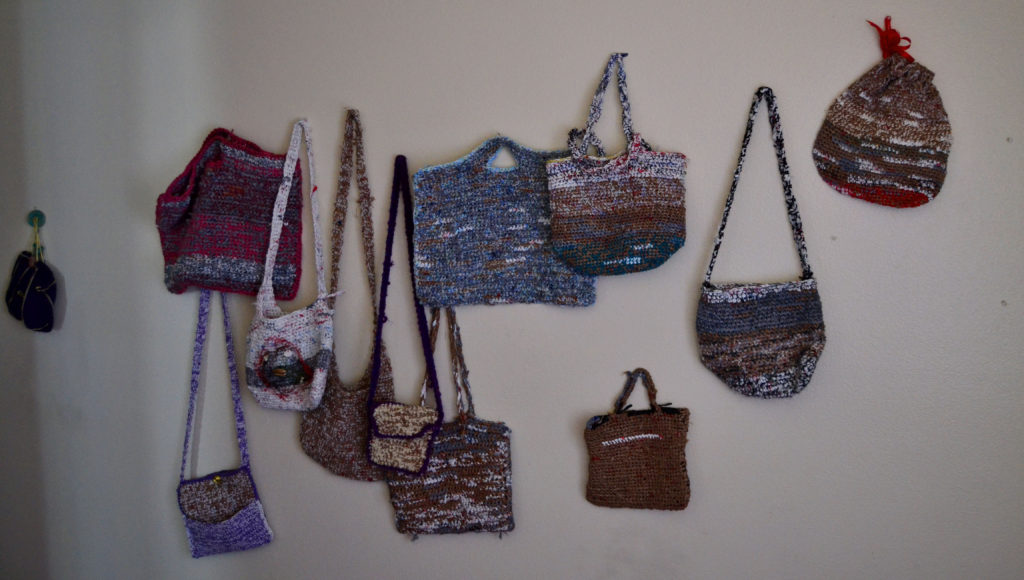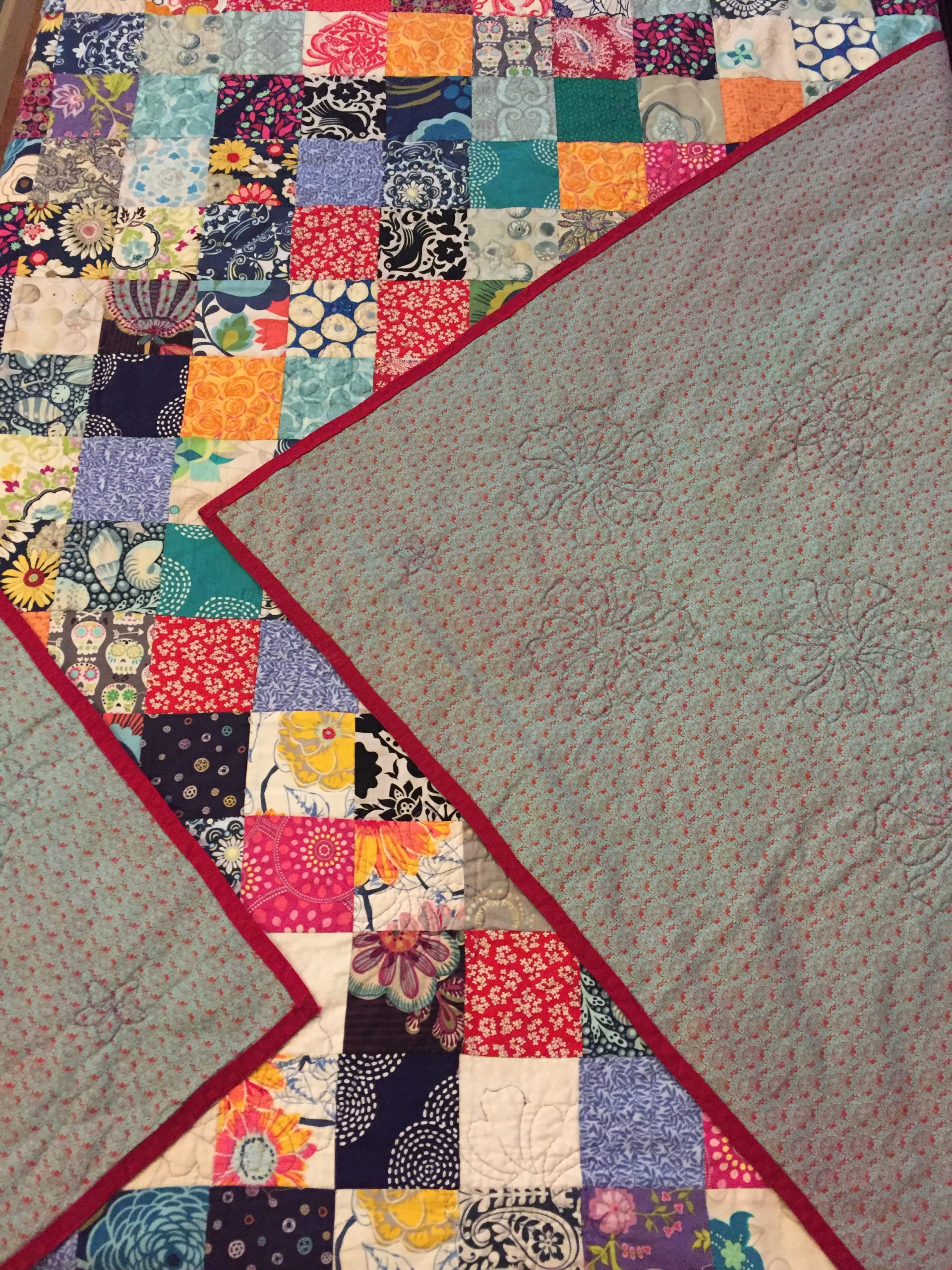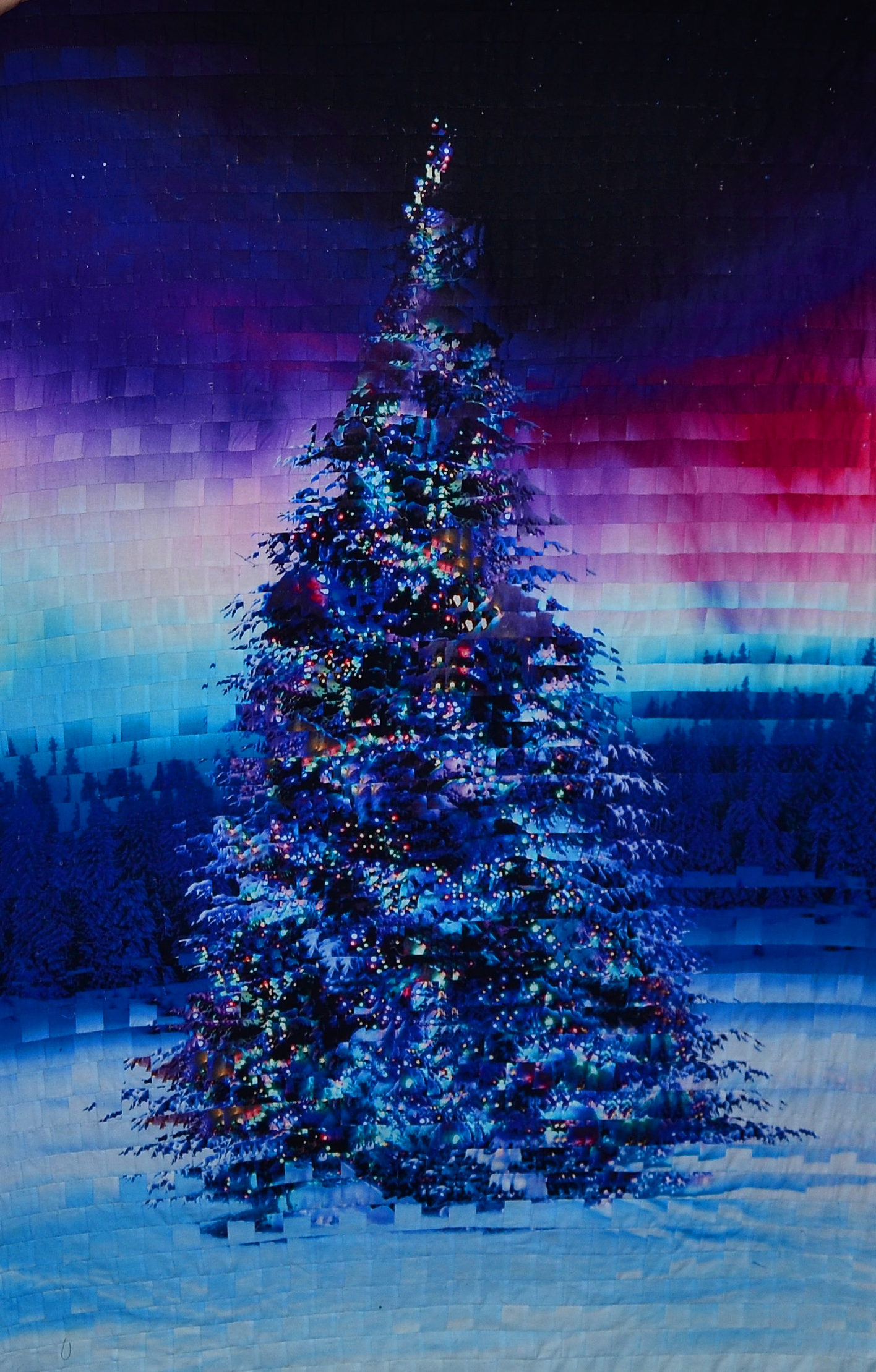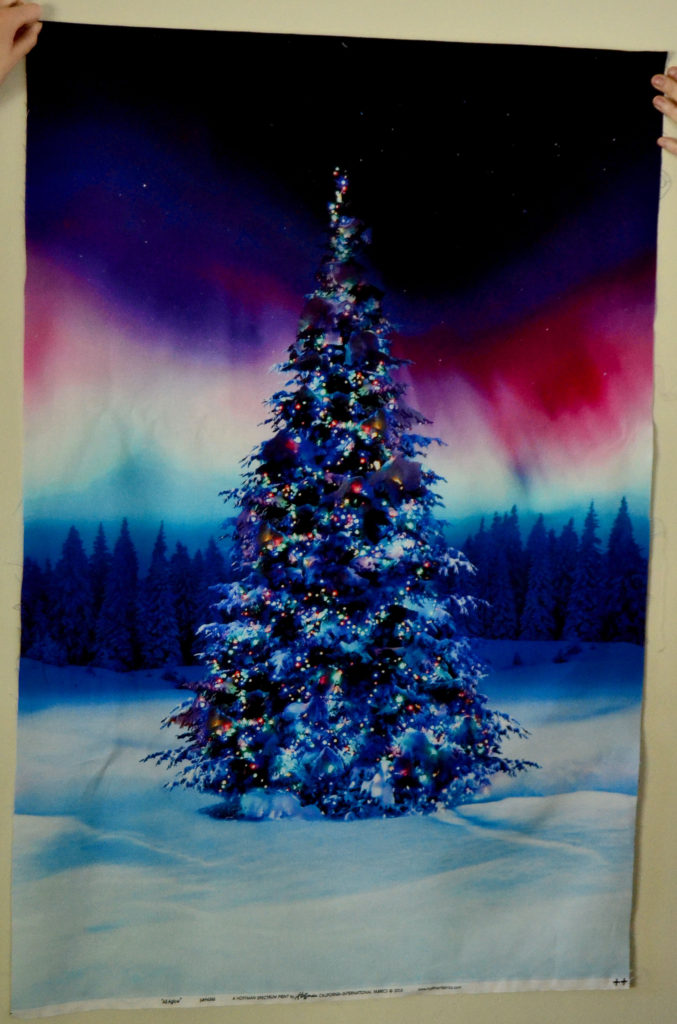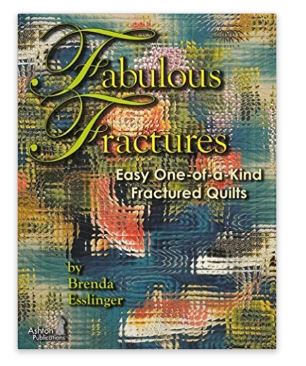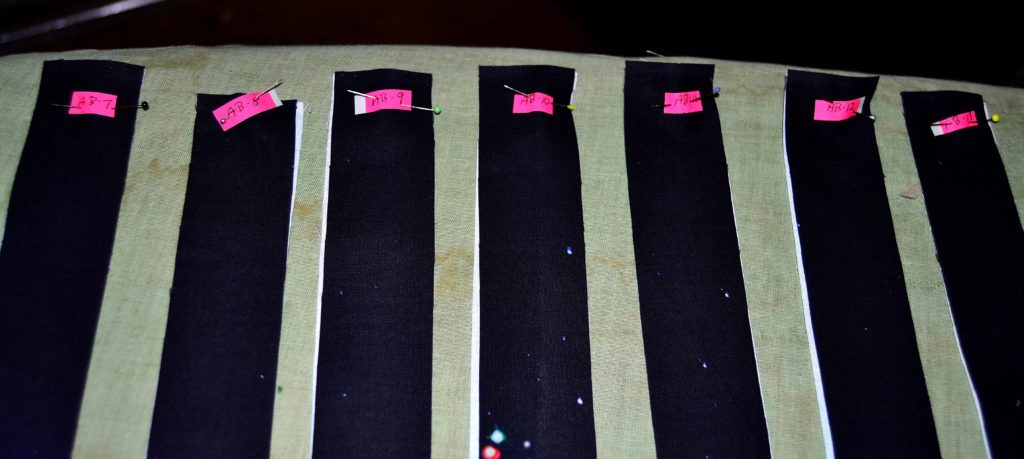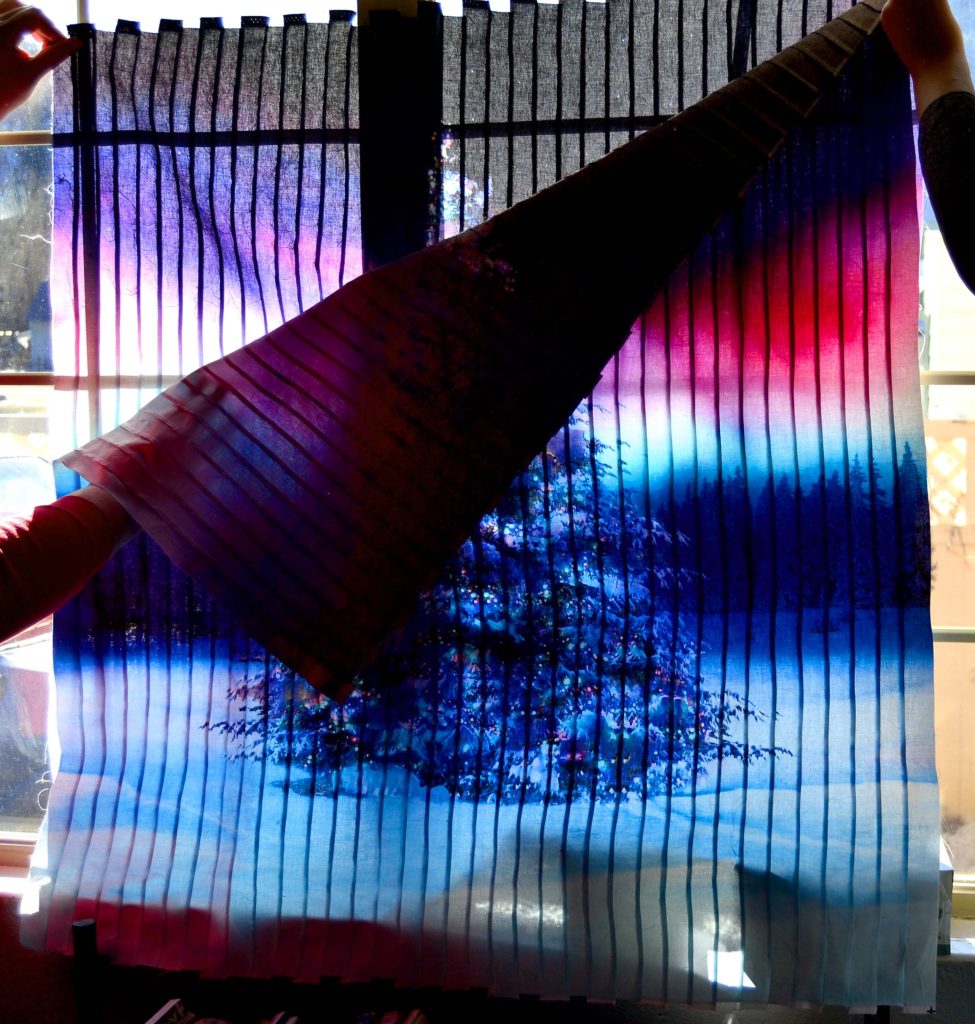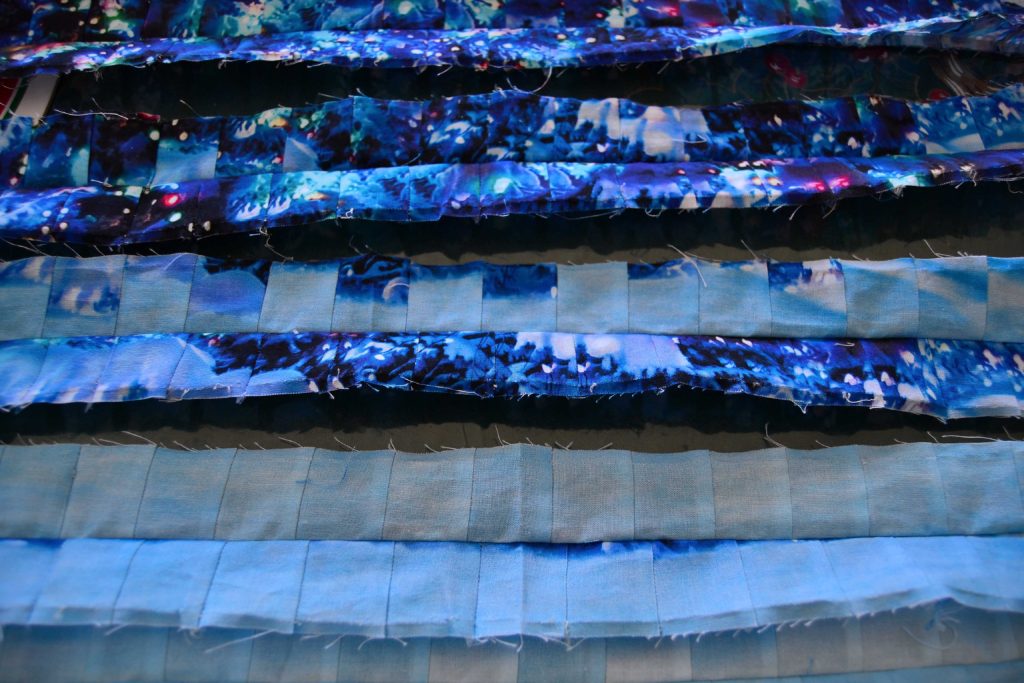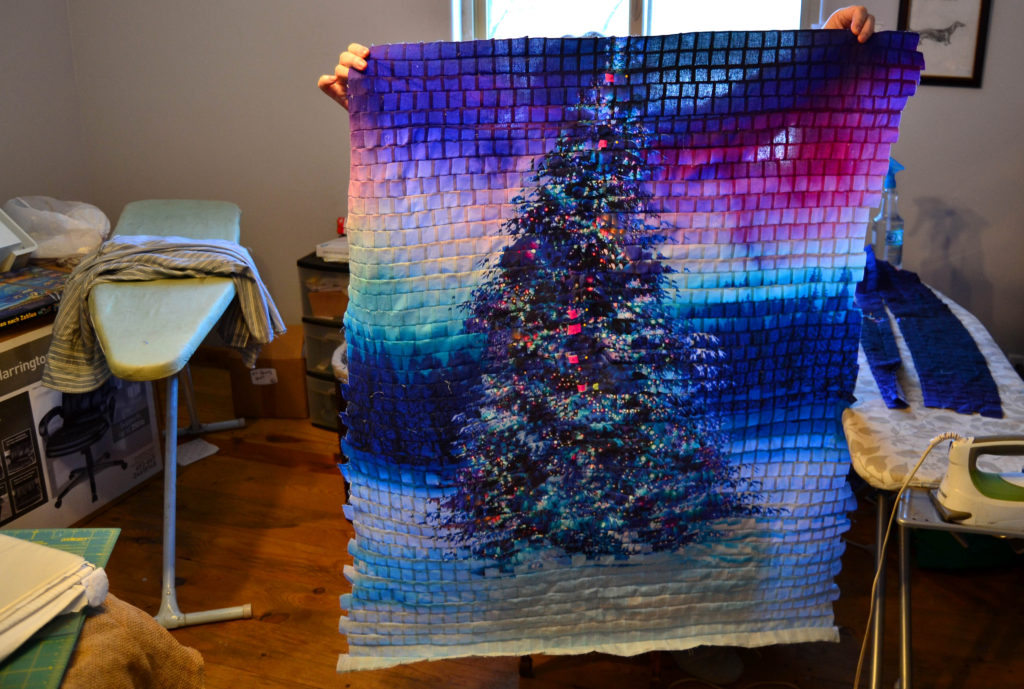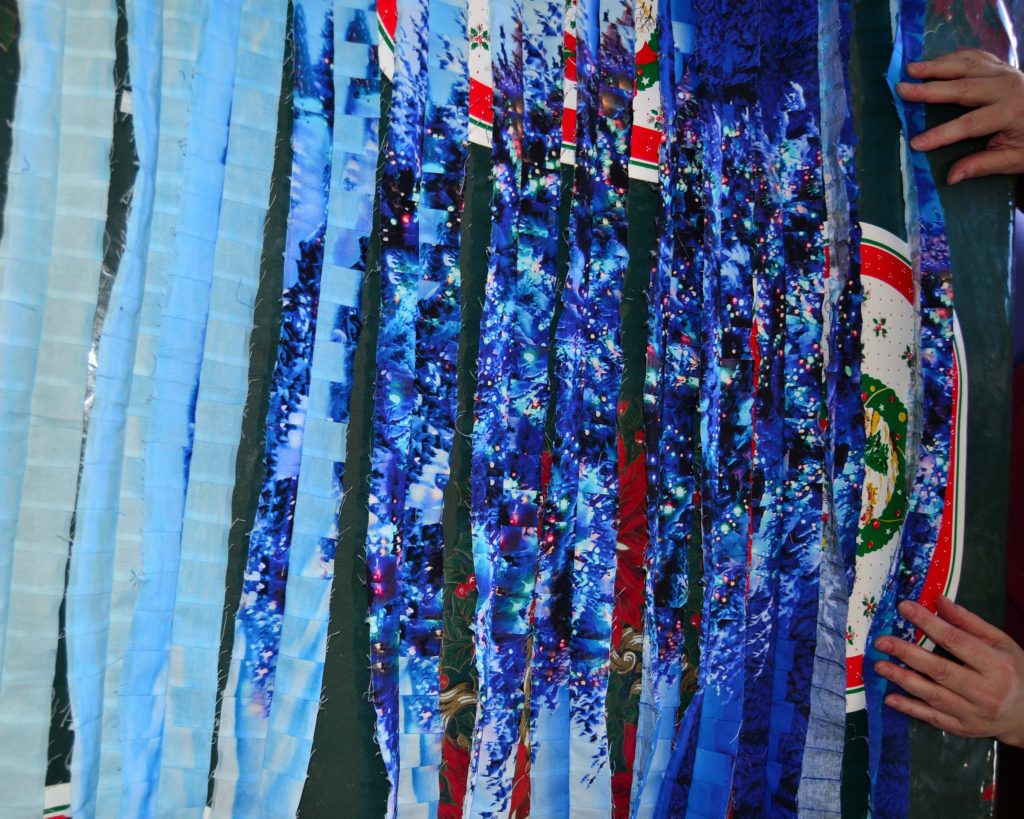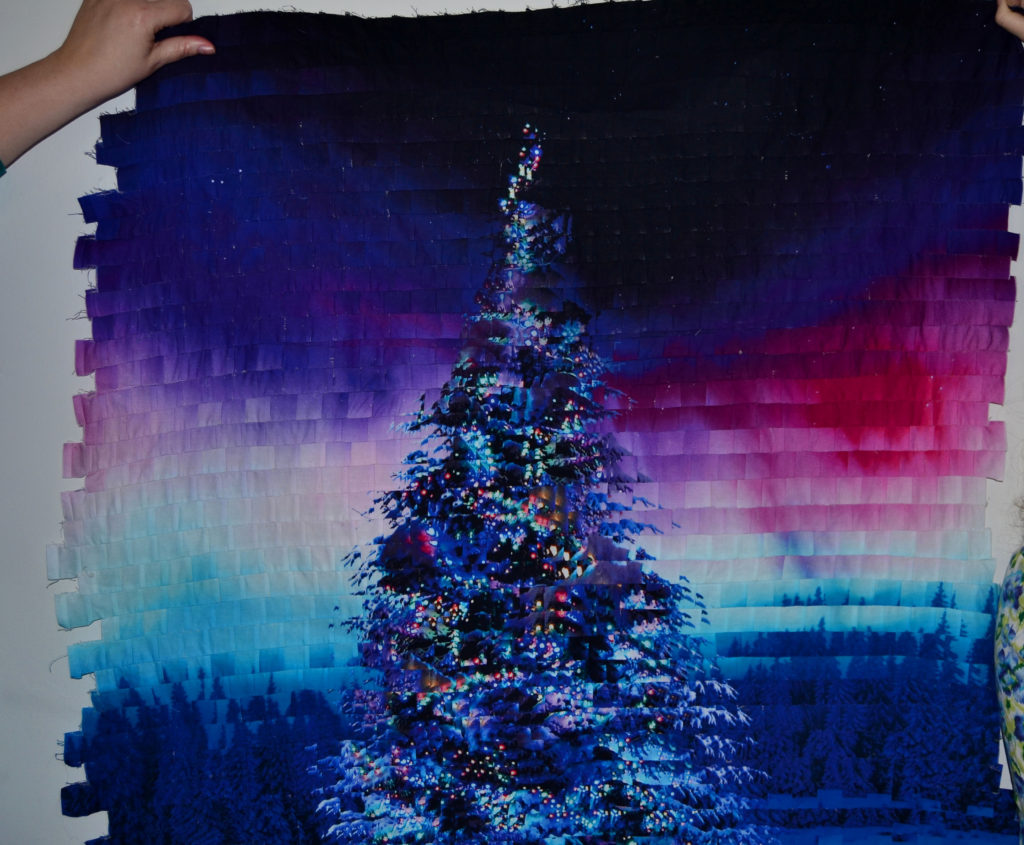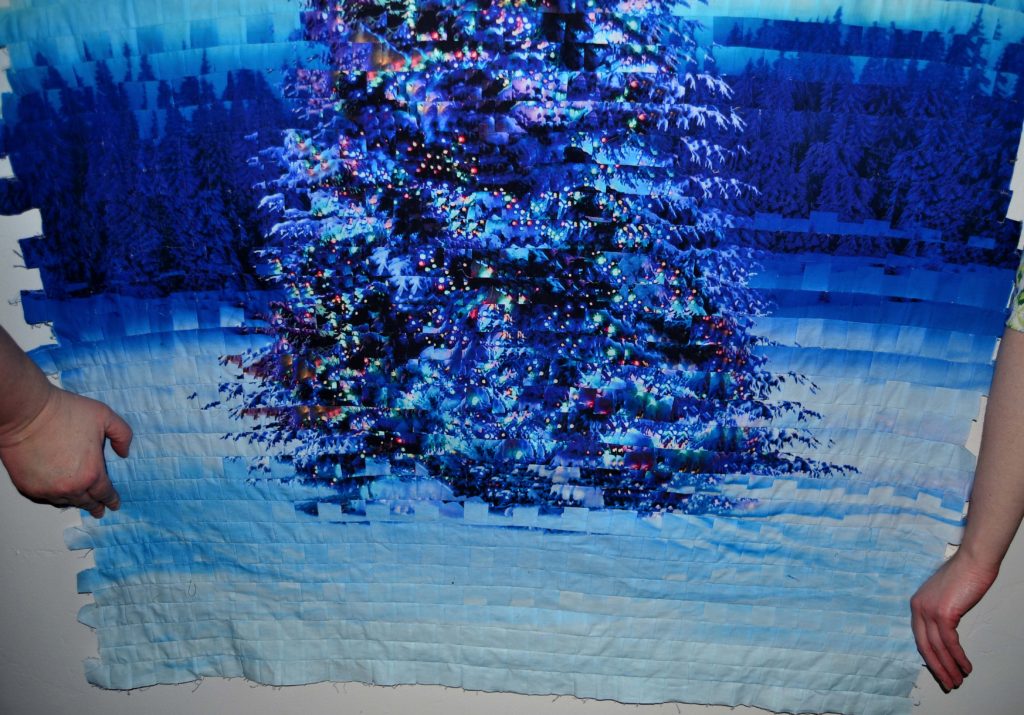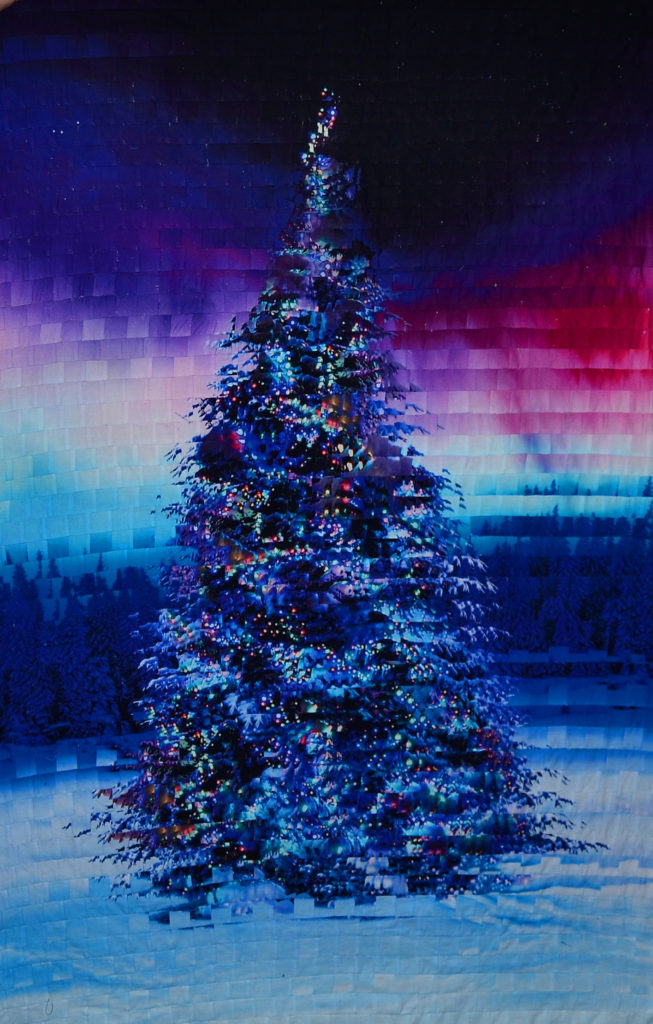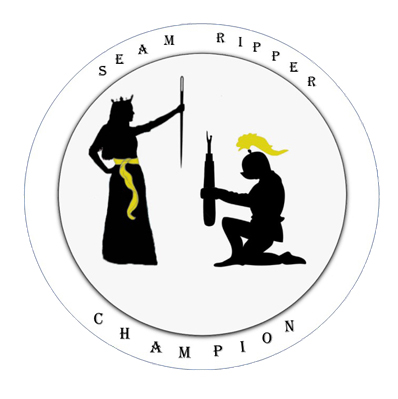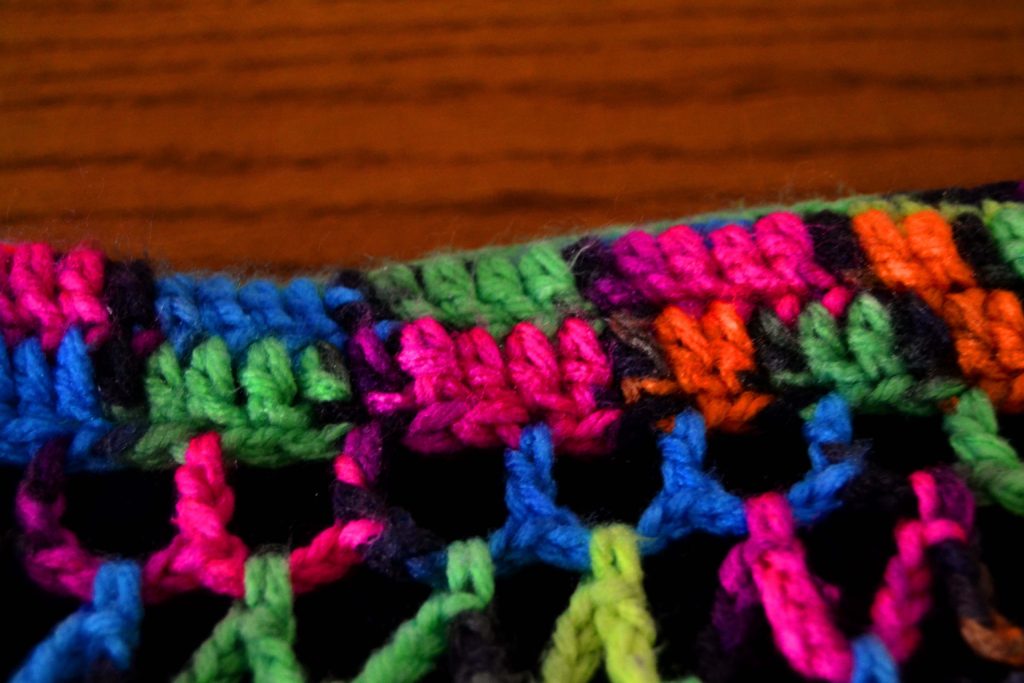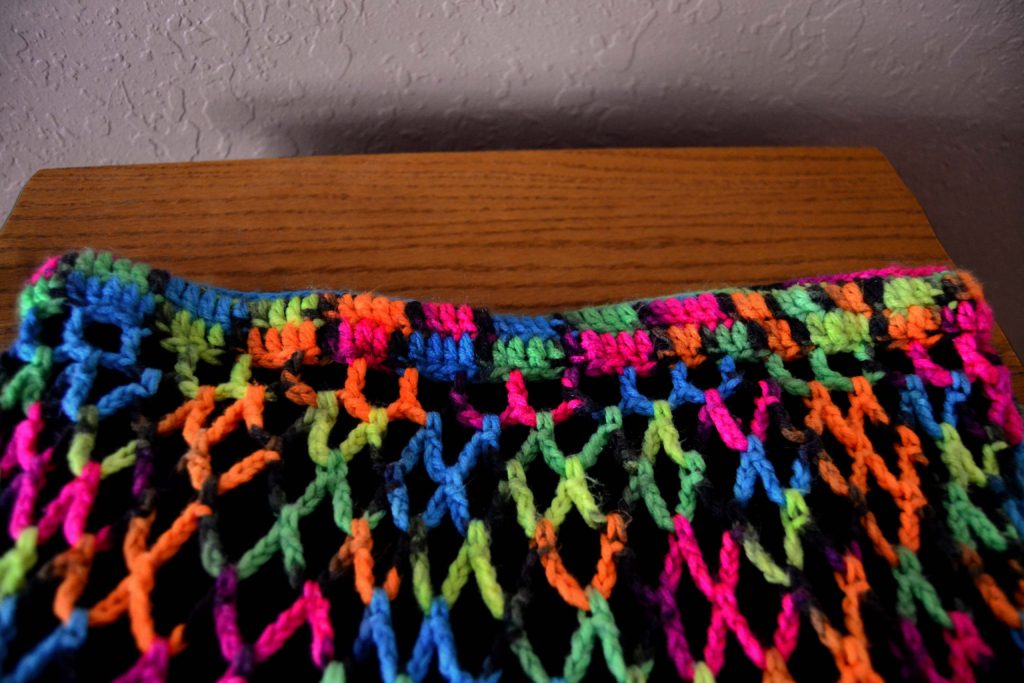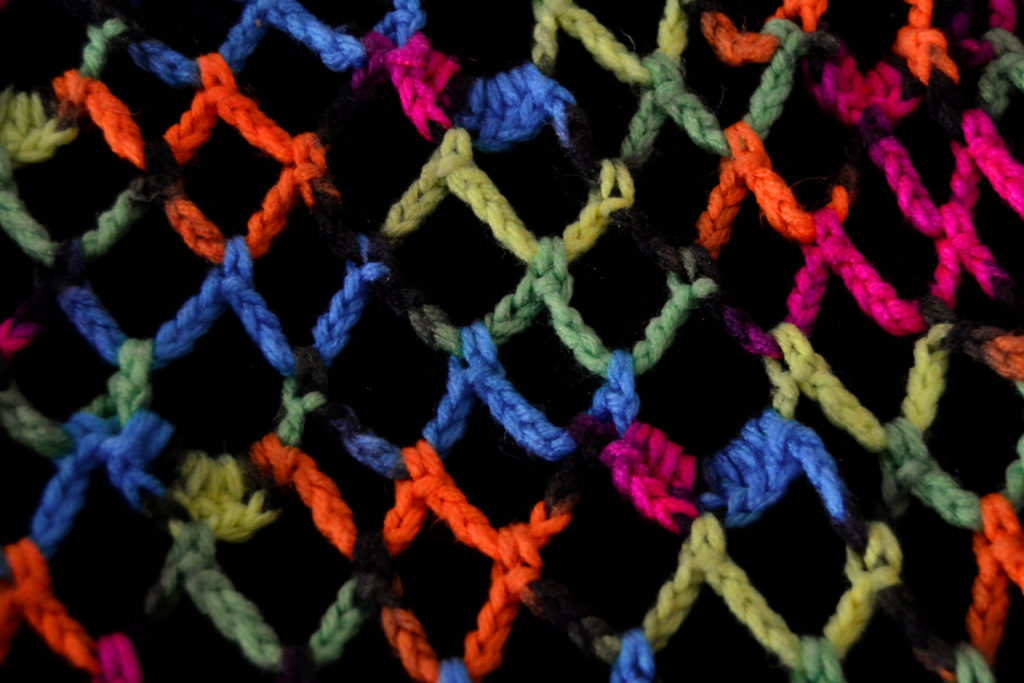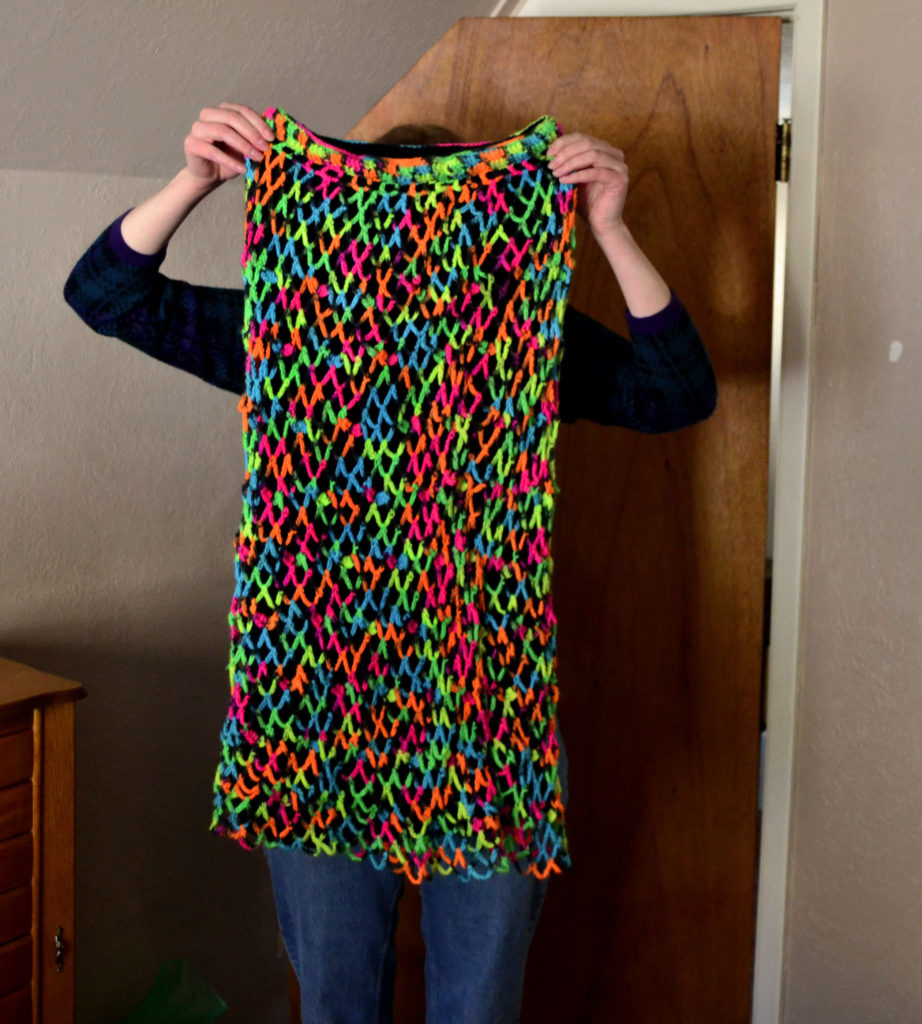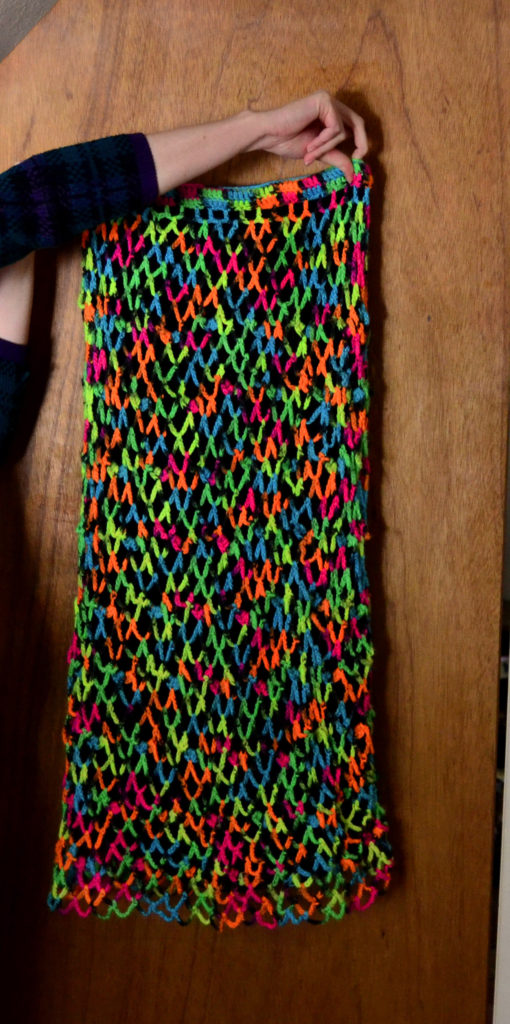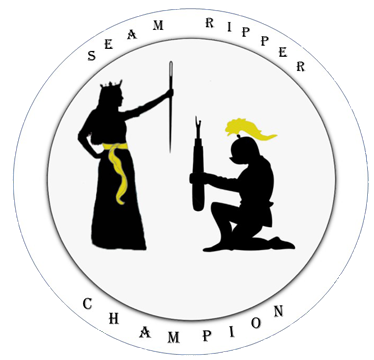
Hello again fellow explorers in the world of quiltivity! Welcome to another issue of “Seam Ripper Championships;” this week featuring how we managed to turn the amazing and beautiful architecture of the one-and-only Taj Mahal into fabric cow udders.
Deep sigh.
You know, every time I start a new project:
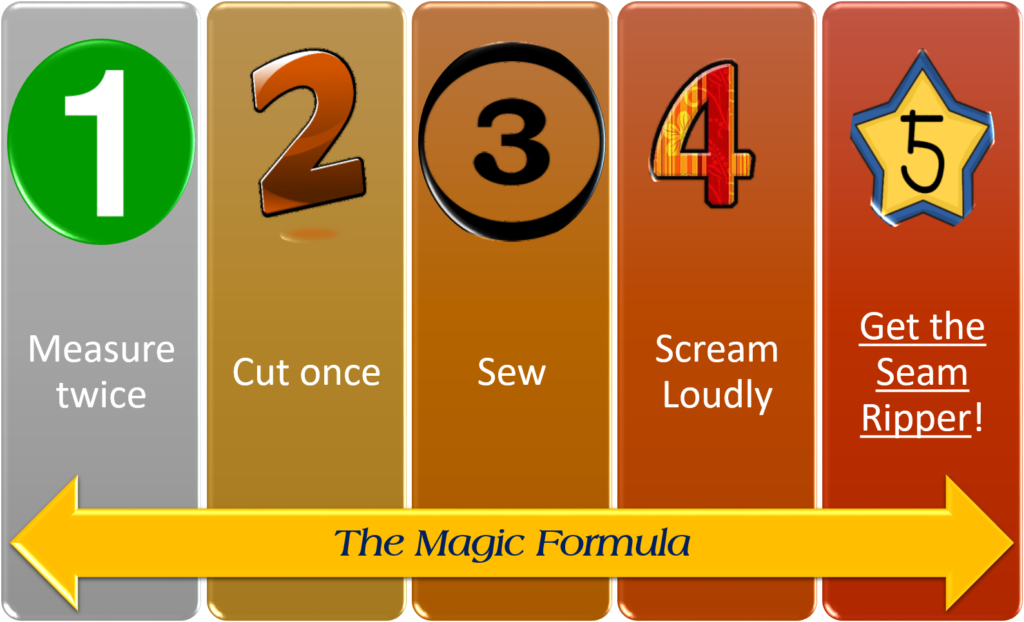
- I map it out in my head
- I remember all the lessons from my previous seam ripper championship entries
- I shake my finger at the seam ripper and say “not this time, ducky!”
- Then, sooner or later, I scream loudly and start all over again.
I haven’t written in quite a while because I’ve been exploring around my tiger quilt, and navigating this cat has turned out to be as difficult as escaping a jungle without a guide or a compass!
And the kicker of it is, it doesn’t even look all that difficult.
This was the vision – not that hard…right?
Shere Khan – Ruler of the Taj Mahal
Of course you all know that when you watch a professional perform they make the almost impossible appear effortless, what they’re truly showcasing is the thousands of hours of practice and dedication that they have put into perfecting their craft. I choose to believe that my tiger quilt ‘Shere Khan’ is in this same league.
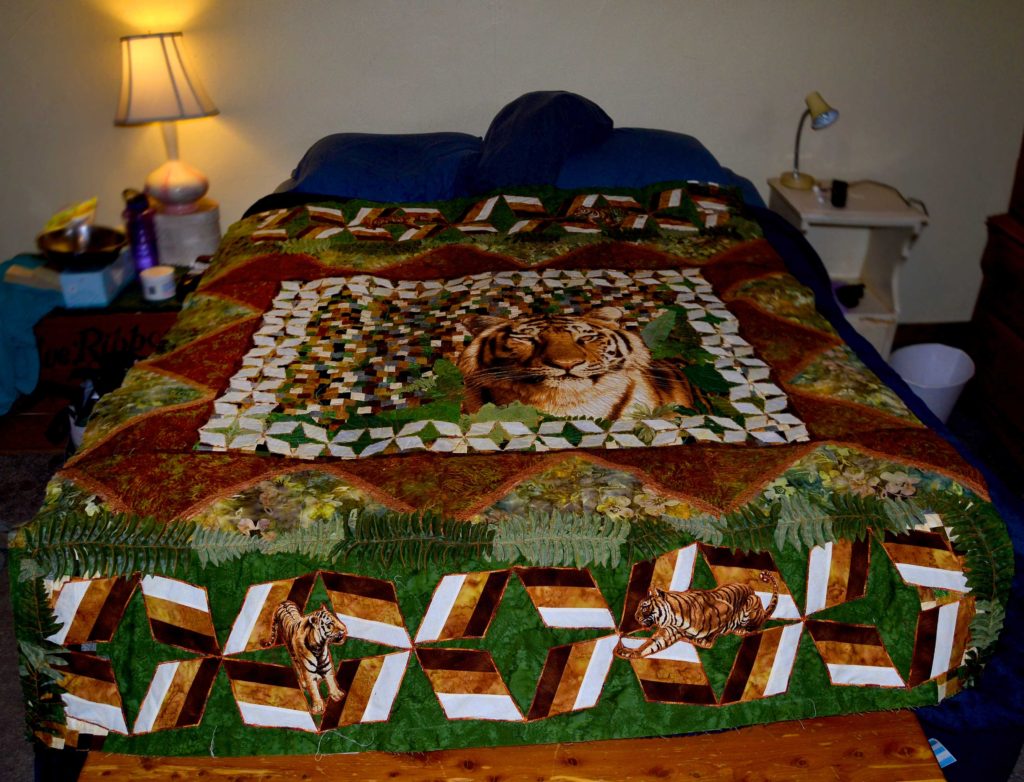
The latest disaster – oops- I mean, the latest architectural design element that falls into this category is the Sandral Border that Suzanna decided would finish off our jungle cat in a jungle temple theme beautifully.
I’ve always been fascinated by the singular beauty and majesty of the Taj Mahal. It’s one of the wonders of the world for many reasons. Not only is it a perfect and stunning design, completed so perfectly that it stands almost unaltered (except for certain plundering) to this day, but it stands at the center of a rich and multi-textured history. Both I and my children spent many long hours studying the stories of the amazing men and women of India whose lives touched the Taj Mahal.
When we wanted to evoke a “ruined temple” effect for “Shere Khan,” it only seemed natural to draw inspiration from THE Taj Mahal.
The Best Laid Plans of Mice, Men, and Seamstresses
So we googled Taj Mahal architectural designs and decided that the sandral shape would be perfect for the border.
I made a template out of plastic, and because we wanted each sandral to showcase itself, we left a space between the bottoms of each arch. Which looked a lot like the original design of those signature arched doors and windows.
When I traced this design onto batting it looked perfectly fine, simple and elegant. Suzanna and I were both thrilled with our creativity!
Disaster Strikes!
It was only after I had:
- Sewn my first long border with these shapes
- Trimmed all the edges
- Turned the entire border right-side-out
- Pushed out all of the corners
- And pressed it
That it became apparent that our beautiful, elegant sandral arches had morphed into cow udders!
I felt sick!!!
Not only had I spent all that time and energy, but since I had used 2 layers of batting and high dollar backing and front fabric, I was out quite a bit of money. And using my heavy scissors to trim all around that long border had left my hand half dead.
Sometimes the Best Projects Require the Most Dedication
This is exactly how this entire quilt has gone!! I can honestly tell you that I was ready to throw the entire project into the trash.
But, Suzanna calmed me down and after a few days of detoxing, we decided to try it again, this time bringing both of the bottom edges into one point. It worked beautifully, and I’ve decided to keep my strip of cow udders as a memento of a fantastically funny failure. Also, I’m using pieces of it to practice quilting with new threads and designs before I place the entire quilt into my machine.
So all is not lost!
And “Shere Khan” is a stunning quilt. Thanks to a new disaster (this time sewing machine mechanical problems that I don’t want to talk about), we still haven’t been able to attach the final border and call it finished, but I think when we do it’ll all have been worth it.
See – it’s worth it!
Some projects are fun, some are challenging, some will push you to the absolute limits of your endurance and sanity. But, somewhere in the midst of all that mess – and, yes, the cow udder architecture – lie the seeds of greatness. (I’m not entirely convinced that there weren’t a few disasters during the building of the original Taj Mahal. I mean, look at it! It’s too stunningly perfect for a few flaws not to have been wiped clean by a master craftsman or two!)
Never give up dear quilters!!! A mistake is only a disaster if you allow it to be!!
